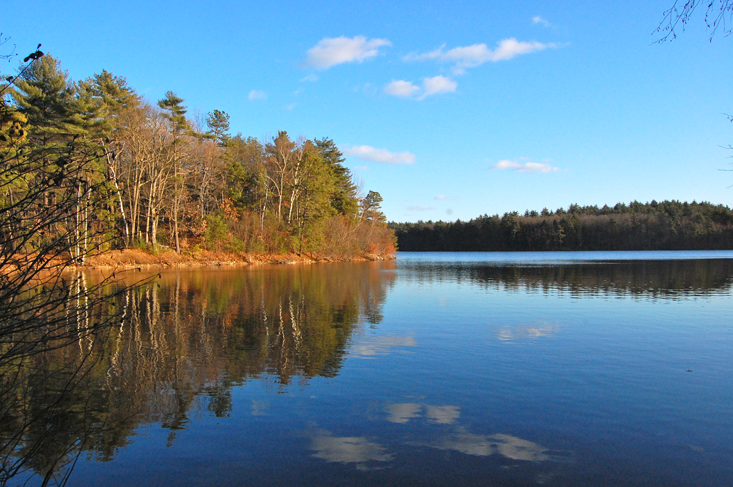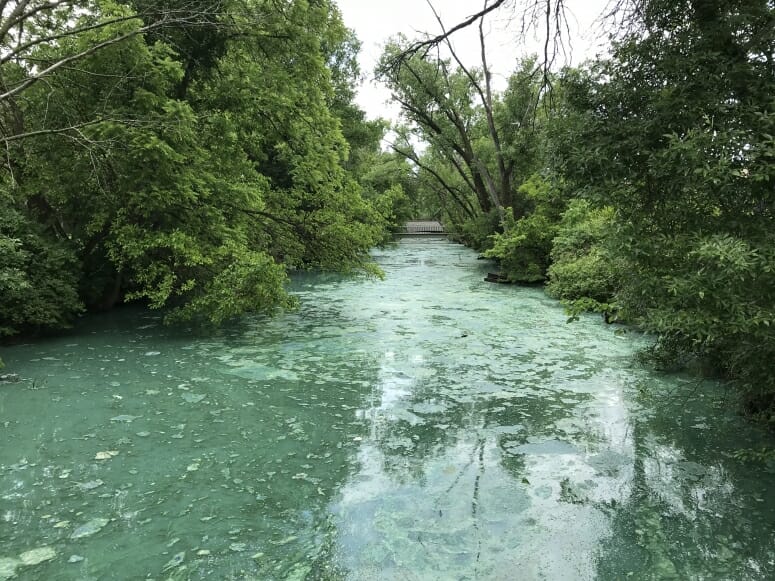Environmental Monitor:
“The EPA (and others, such as this separate analysis from Dr. Dina Leech) are now reporting on observations of conditions and changes from 2007 to 2012. For most indicators, no change occurred, but changes in total phosphorus, two algal toxin indicators, and a physical habitat indicator are exceptions.
“While EPA did not observe changes in the condition categories for the nutrient phosphorus, Leech et al. 2018 found an 18.2 percent decline in the percentage of oligotrophic lakes (very clear lakes with less than 10 μg/L of total phosphorus) and an overall increase in the median concentration of phosphorus across all lakes,” comments Lynn. “The NLA 2012 Assessment Report observed a change within algal toxin measures. An analysis of cyanobacteria cell density, a measure of the density of cells that could produce cyanotoxins, showed a statistically significant increase (+8.3%) in the percentage of lakes in the most disturbed category between 2007 and 2012. The NLA identified a significant increase in the detection of microcystin among lakes in 2012 (+9.5%). However, concentrations of this algal toxin remained low and rarely exceeded WHO recreational levels of concern (<1% of the population) in both assessments.”
The NLA 2012 Assessment Report also found fewer lakes in the least disturbed category and more lakes in the moderately disturbed category for the habitat complexity indicator—which has to do with lakeshore habitat and buffering qualities.”





















